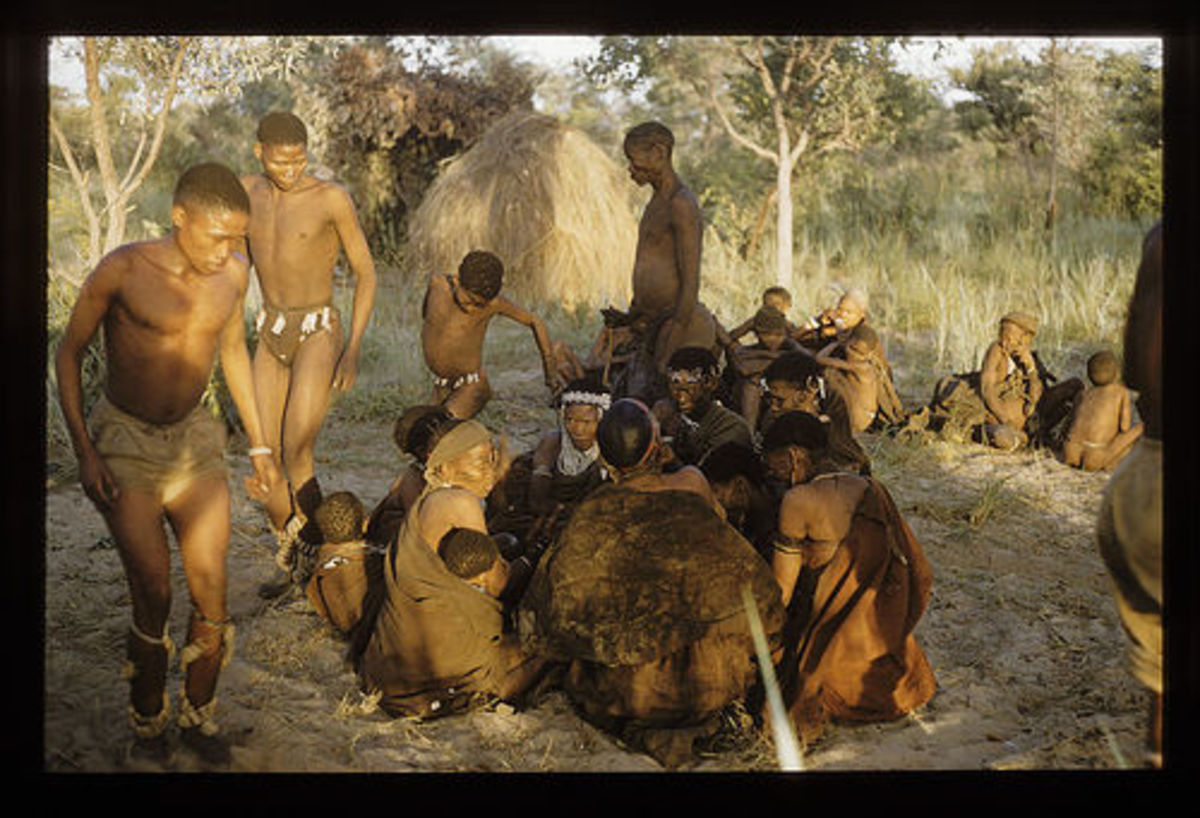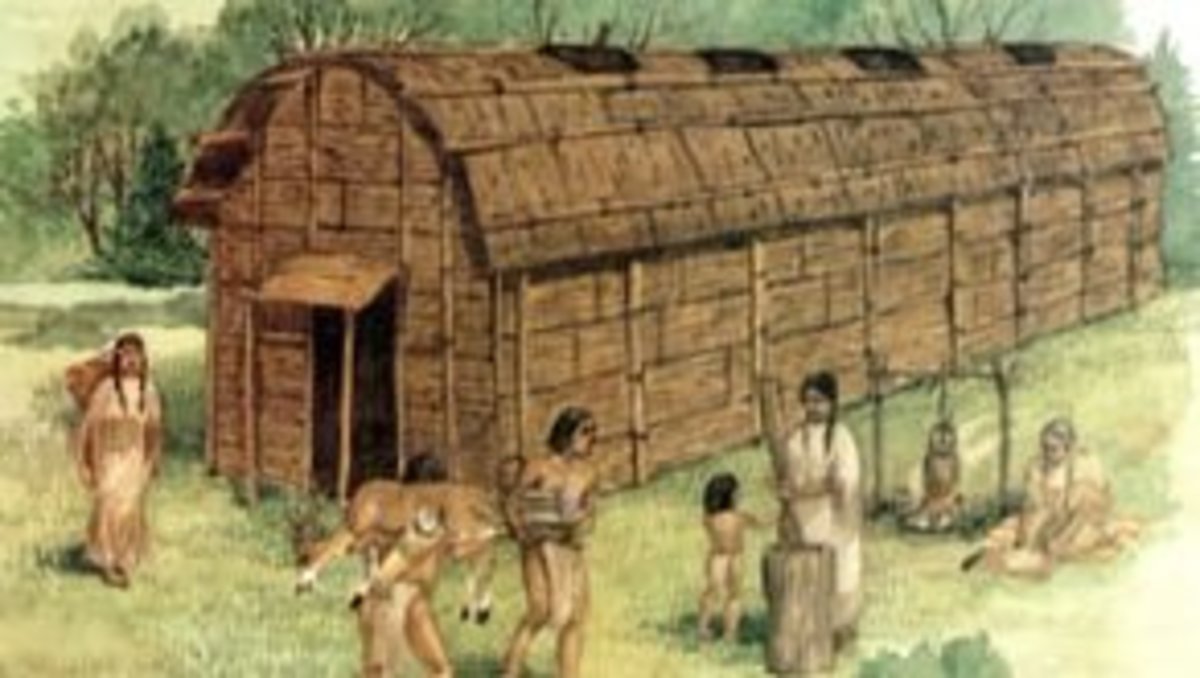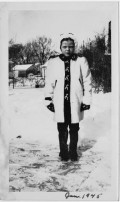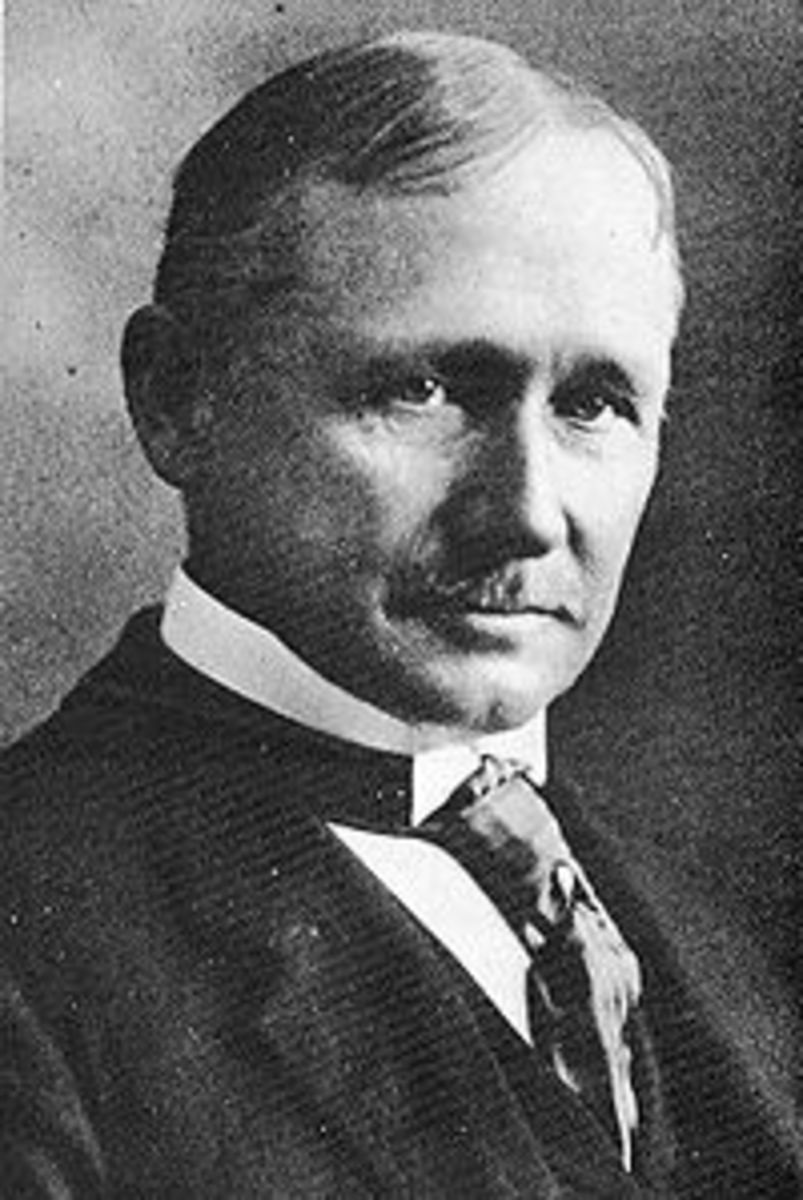Kinship System Terminology
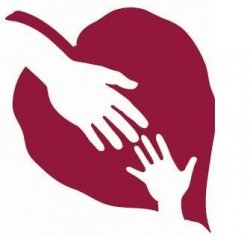
Kinship is a relationship between any individuals who share a genealogical origin, through either biological, cultural, or historical descent. It is one of the most basic principles for organizing individuals into social groups, roles, categories, and genealogy. Six different systems of kinship terminologies are there. They are Hawaiian, Eskimo, Iroquois, Omaha, Crow and Sudanese systems. Each of these six systems can be identified according to the way cousins are classified.
Six different systems of kinship terminologies are
-
Hawaiian System
-
Eskimo System
-
Iroquois System
-
Omaha System
-
Crow System
-
Sudanese System
Hawaiian System

The Hawaiian system of kinship terminology, practiced mainly in Hawaii and other Malayo-polynesian speaking areas is the least complex system in that it uses the least number of terms. The Hawaiian system is also called the generational system since all relatives of the same generation and sex are referred to by the same term. For example, in one's father's generation, one's father, his brother, and one's mother's brother are all referred to by the single term father. Similarly, one's mother, her sister, and one's father's sister are called mother. In Ego's generation, male and female cousins are distinguished by sex and are equated with his brother and sister.
The Hawaiian system reflects the absence of a strong unilineal descent group and is usually associated with cognatic descent. Because, cognatic descent rules trace descent through both sides of the family, and members on both father's and mother's side of the family are looked upon as being more or less equal, a certain degree of similarity is created among the father's and the mother's siblings. Thus, they are all simultaneously recognized as being similar relations and are merged together under a single term. In like manner, the children of the mother's and father's siblings are considered related to oneself in the same way as one's brother and sister are.
Eskimo System

The Eskimo system of kinship terminology, comparatively rare among all the systems of the world, is the system used by Anglo-American cultures. It is also used by a number of hunting and gathering peoples. The Eskimo system or lineal system of terminology emphasizes the nuclear family by specifically identifying mother, father, brother, and sister, while merging together all other relatives such as..maternal and paternal aunts, uncles, and cousins, without differentiating among them. For example, one's father is distinguished from his father's brother (uncle] but one's father's brother is not distinguished from his mother's brother (who is also called uncle). In addition, one calls all the sons and daughters of his aunts and uncles cousin, without distinguishing their sex or the side of the family to which they belong.
Unlike other descent terminologies, the Eskimo system provides separate and distinct terms for each member of the nuclear family. Perhaps this is because the Eskimo system is generally found in societies where the dominant kin group is the bilateral kindred, in which only the closest members of the family are important. This is especially true of our society in which the family is independent, living apart from and not directly involved with other kin except on ceremonial occasions. Thus, we distinguish between our closest kin (our parents and our siblings) but use the same terms (aunt, uncle, cousin) for other members on both sides of the family.
Iroquois System

In the Iroquois system of kinship terminology, one's father and his father's brother are referred to by a single term (father), as are one's mother and one's mother's sister (mother); however one's father's sister and one's mother's brother are given separate terms. In one's generation, brothers, sisters, and parallel cousins of the same sex are referred to by a single term, whereas cross cousins are distinguished by separate terms.
Such a method of differentiating is called a bifurcate merging system, a strange term which simply means some of the family members are separate (or bifurcated) and given different names, while other kin are combined (or merged) under a common term.
The Omaha and the Crow systems are examples of bifurcate merging forms. Iroquois terminology is very widespread and is usually found with unilineal descent group, particularly in weak matrilineal system of social organization. However, the Iroquois system has also been found among other types of descent groups as well.
Omaha System

In the preceding terminology systems some relatives were grouped under common terms, while others of the same generation were separated and given different labels or terms. In the Omaha and Crow systems, another variable enters the picture. Both systems ignore the distinction that occurs between generations among certain kinsmen.
The Omaha system, found in many parts of the world, is associated with a pattern of strong patrilineal descent and thus groups relations on the father's side and relations on the mother's side of the family differently. Cross cousins on the maternal side are merged with the parental generation (mother's sister or mother's brother), while those on the paternal side, are merged with the generation of Ego's children. Otherwise, the system is much like the Iroquois system.
From our point of view, such a system'.is terribly complex and illogical. Why does it exist? The Omaha system is found where strong patrilineal descent is the rule. Thus, maternal cross cousins are terminologically merged with the lineage of Ego's mother, the lineage which figuratively speaking, sired ego. Ego's lineage, in turn, stands in the same relationship to the children of his father's sister and ego's own sister; they are "sired" by ego's lineage.
Crow System

The Crow system, named after the North American Indian tribe, is the matrilineal, mirror image of the patrilineal system. Thus one's mother and one's mother's sister are called by the same term, whereas one's father and one's father's brother and father's sisters' son are merged together under a common label, as are one's father's sister and one's father's sister's daughter. Similarly, one's male parallel cousins receive the same term as one's sister.
Sudanese System

In this relatively rare system, one's mother's brother is distinguished from one's father's brother, as in one's mother's sister from one's father's sister. Each cousin is distinguished from each other, as well as from siblings. It is therefore more precise than any of the other systems. This may be one reason why it is so rare. In few societies all one's aunts, uncles, cousins, and siblings treated differently from one another.

Factors that determine Kinship Terminology
Multiple Historical Influences: Kroeber is the leading exponent that multiple historical factors influence kinship terminology. Kroeber says that kinship terms are subject to modifications from within and without. To understand how kinship terms came into use we should view them historically. He says that kinship terminology can change as a consequence of historical events.
Morphological Difference in Language: Scholars supporting this view say that variations in kinship terminology are due to morphological differences in language. Gifford says that kinship systems are first of all linguistic phenomena and only secondarily social phenomena. Hence, kinship terms are words which conform to the morphological principles of a particular language. For example, the use of more descriptive terms in Africa is due to morphological features common to the languages of the area.
Elementary Psychological Processes: Kroeber says that the terms of relationship reflect psychology. For example, if a kinsman whom an ego denotes, by,,tgrm A has any primary relative whom ego denotes by the terra B, then ego will also tend to use the term B to any comparable relative of any other kinsman whom he qalls A.
Universal Sociological Principles: Radcliffe Brown, Edward Sapir and others say that certain sociological principles influence a kinship terminology. For example, bifurcate merging type of kinship terminology may result from the operation of sociological principle of levirate.
Customs of Preferential Marriages: Rules of marriage may affect the kinship terminology. Sapir suggests that preferential levirate and sororate marriages may produce or help to produce kinship terminology of the bifurcate merging type.

